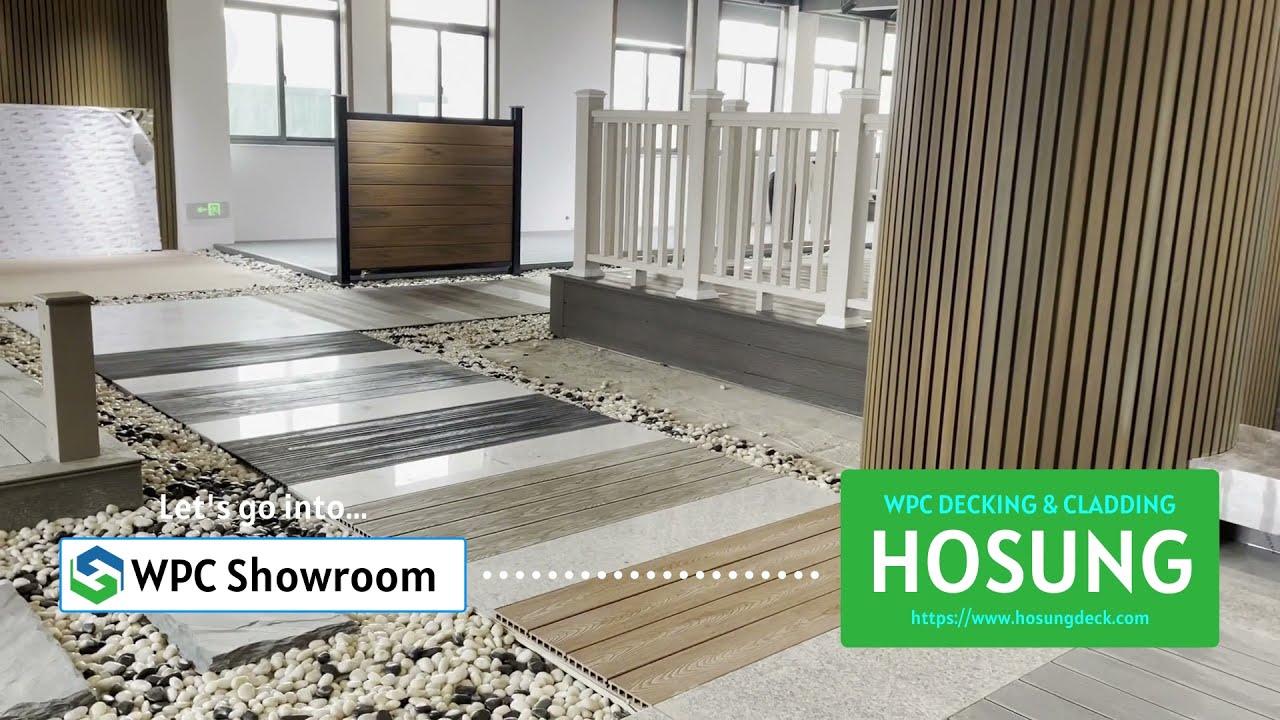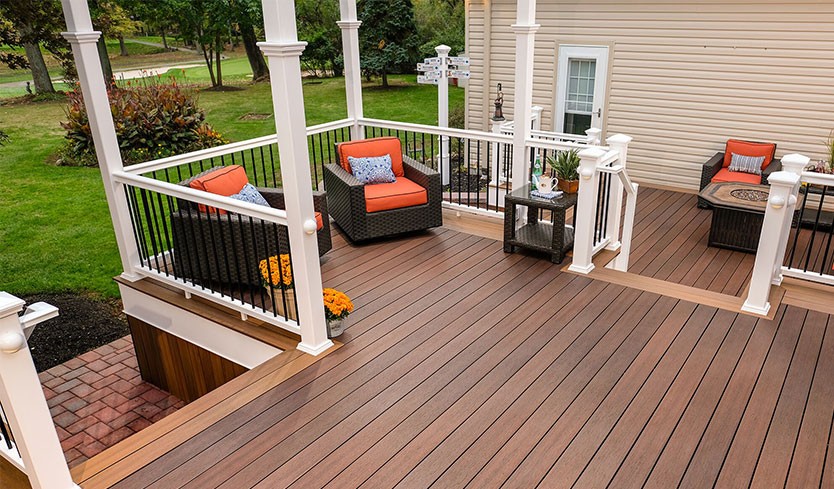China’s strategy:
The development of WPC (Wood-Plastic Composite) in China has been rapid and substantial, reflecting the country’s strengths in manufacturing, technological innovation, and market adaptation.
As we all know, or at least China has claimed: China’s economic influence on the global stage has grown significantly over the past few decades, which is underscored by its robust economic growth, manufacturing prowess, global trade engagement, technological advancements, expansive infrastructure projects, vast consumer market, and increasing financial influence. These factors collectively position China as a key player shaping the future of the global economy.
China’s manufacturing sector is shifting from low-end products towards the middle-to-high end, particularly evident in industries like WPC (Wood-Plastic Composite). China is moving beyond exporting basic raw materials to exporting high-quality and advanced products, along with providing value-added services such as customized WPC solutions and installation services.
Table of Contents
WPC China Development Direction
Manufacturing High-End Products: Chinese WPC manufacturers are focusing on improving product quality and technological sophistication. Through innovation and process improvements, they produce WPC products that meet high global standards, such as highly durable outdoor flooring and composite structural materials.
Customization Services: With increasing consumer demand for personalized products, Chinese WPC companies are offering customized solutions. This includes custom sizes, colors, and surface treatments tailored to specific market requirements.
Value-Added Services: In addition to products, Chinese WPC manufacturers are expanding into services such as installation, after-sales support, and technical assistance. These services enhance customer satisfaction and help build strong brand reputations and competitive advantages in international markets.
Policy Support and Promotion Measures
Technological Innovation:
The Chinese government supports technological innovation and product upgrades in the WPC industry through funding research and development projects, establishing innovation hubs, and promoting industry-academia collaboration.
Quality Improvement:
Strengthening quality control and certification systems ensures that WPC products manufactured in China meet international standards and customer expectations, enhancing market competitiveness.
International Market Expansion:
Through initiatives like the Belt and Road Initiative, the government facilitates Chinese WPC companies’ entry into emerging markets and developing countries, expanding export opportunities and international cooperation.
As China’s manufacturing sector extends towards middle-to-high-end products and services, the WPC industry exemplifies the country’s progress in technological innovation, market expansion, and service enhancement. These initiatives not only drive industry upgrades and transformation but also bolster China’s position and influence in the global WPC market.
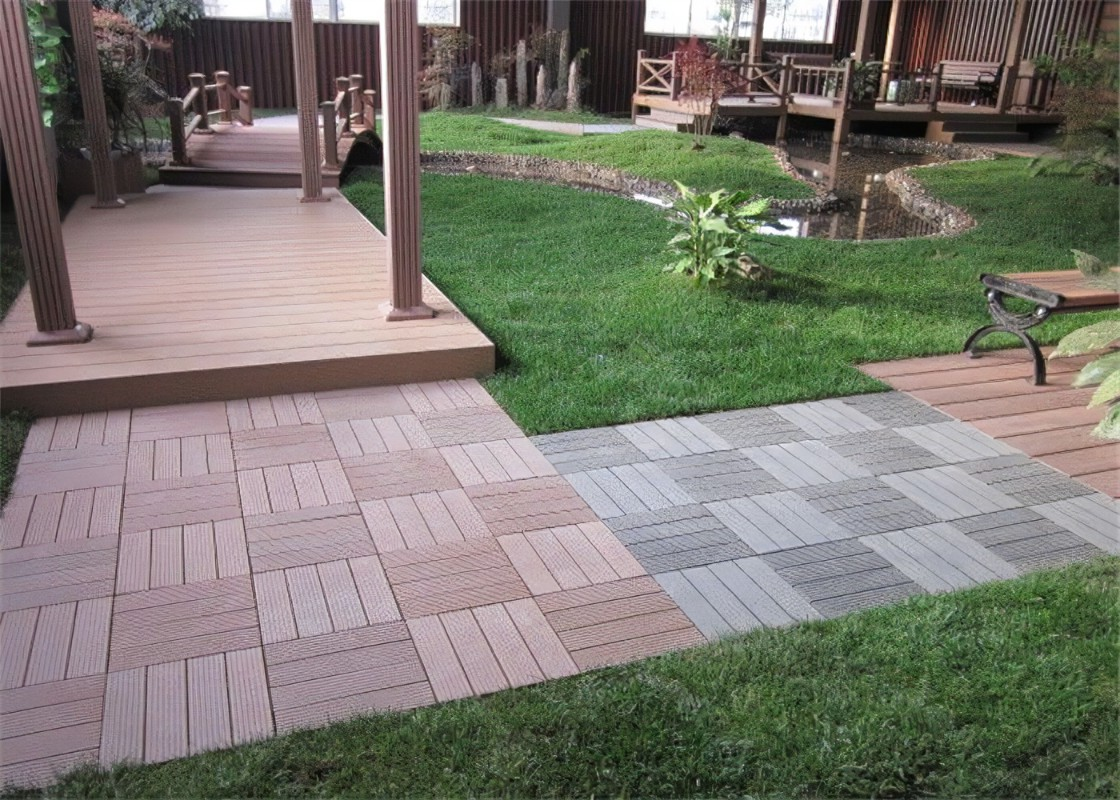
WPC’S past
We have seen what China has done to help develop WPC, but to foresee the future of WPC in China, we need to take a step further and understand the past of WPC.
Overall Market Share and Consumption Trends
- Market Share: The WPC (Wood-Plastic Composite) industry has experienced significant growth over the past 15 to 20 years, particularly driven by increased adoption in the construction and building materials sectors. The global market size has grown from a few hundred million dollars in the early 2000s to several billion dollars.
- Share in the United States: The United States is a major consumer market for WPC products, especially in residential and commercial construction applications. Specific consumption figures and shares would typically be derived from market research data, but it’s clear that the U.S. market holds substantial importance in global WPC consumption.
- Share in the Asia-Pacific Region: The Asia-Pacific region, including countries like China, Japan, South Korea, and India, also commands a significant share of global WPC consumption. This is driven by rapid economic growth, urbanization, and increasing demand for sustainable building materials across the region.
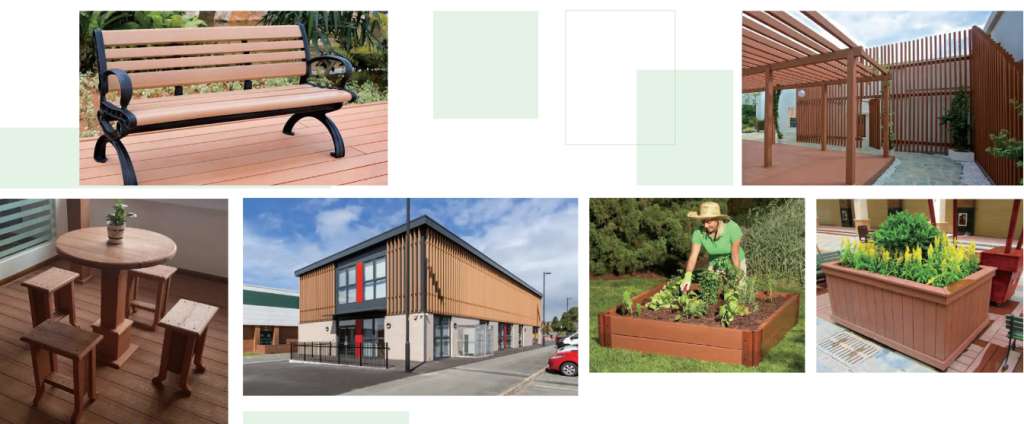
Major WPC Suppliers
- In the United States: Major WPC suppliers in the U.S. include companies like Trex Company Inc. and Advanced Environmental Recycling Technologies Inc. (AERT), among others. These companies play a pivotal role in supplying WPC products to meet domestic market demands.
- In China: China boasts a large number of WPC manufacturers and suppliers, such as NewTechWood, WuHu HOSUNG, Macromolecule Building Material Co., Ltd., and Anhui Sentai WPC New Material Co., Ltd. These companies cater to diverse domestic and international markets, leveraging China’s manufacturing capabilities and competitive advantages.
Changes in Consumption and Supply
- Changes in Consumption: Over the past 15 to 20 years, there has been significant growth in both the total consumption and market share of WPC products globally. Detailed consumption trends can be analyzed through industry reports and market research, highlighting regional and sector-specific preferences.
- Changes in Supply: The supply of WPC products has evolved alongside increasing demand and technological advancements. China, as a major producer and exporter, has expanded its share in the global supply chain while facing competition from other regions.
In summary, the WPC industry has seen substantial development over the past two decades, characterized by market expansion, technological innovation, and intensified global competition. Specific data and trends would require detailed analysis from industry reports and market studies to comprehensively understand the dynamics of the WPC market from 2005 to 2020.
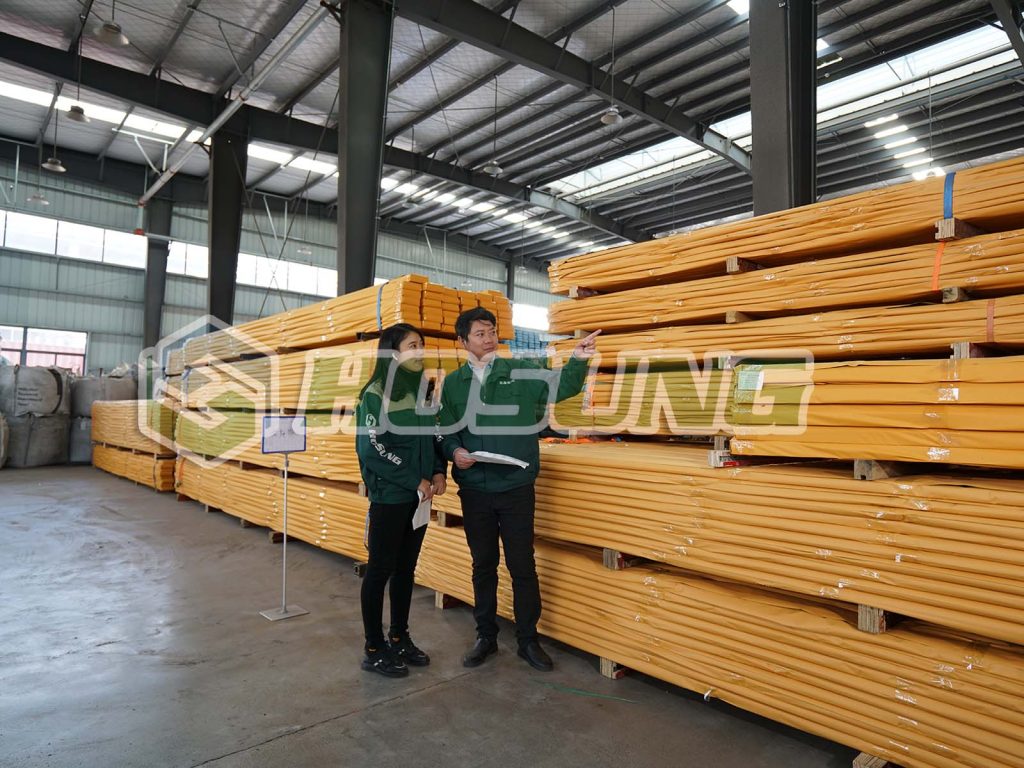
An example of the FUTURE Chinese WPC Industry
Over the past decade, China has emerged as a global leader in manufacturing and innovation, and this trend extends to the WPC sector. With its robust manufacturing capabilities, technological expertise, and strategic policy support, China is not only meeting domestic demand but also expanding its footprint in international markets.
HOSUNG: A Case Study in Innovation and Market Expansion
HOSUNG is a prominent Chinese company that specializes in the production of high-quality WPC products. Founded with a vision to blend sustainable materials with advanced manufacturing processes, HOSUNG has positioned itself at the forefront of the WPC industry.
Innovation and Product Development
HOSUNG strongly emphasizes technological innovation and product development. By investing in research and development, it continuously enhances its product offerings to meet stringent quality standards and address evolving market needs. For instance, it has developed composite materials that offer superior durability, weather resistance, and aesthetic appeal compared to traditional wood products.
Market Penetration and Global Reach
Building on its domestic success, HOSUNG has strategically expanded its reach into international markets. Through effective market strategies and partnerships, they have established a strong presence in North America, Europe, and Asia-Pacific regions. This global expansion enhances their market share and elevates China’s influence in the global WPC industry.
Sustainability and Environmental Responsibility
As sustainability becomes a global key driver in consumer preferences and regulatory requirements, HOSUNG prioritizes eco-friendly practices in its manufacturing processes. It utilizes recycled materials and adheres to rigorous environmental standards, positioning itself as a responsible industry leader committed to reducing environmental impact.
Customer-Centric Approach
HOSUNG’s success is underpinned by a customer-centric approach. They offer tailored solutions and responsive customer service. They collaborate closely with architects, developers, and distributors to customize products to specific project requirements, ensuring high satisfaction and repeat business.
Government Support and Policy Alignment
Aligned with China’s broader industrial policies, HOSUNG benefits from supportive government initiatives to foster innovation, enhance manufacturing capabilities, and promote international trade. These policies create an environment that enables companies like HOSUNG to thrive and contribute to China’s economic growth and technological advancement goals.
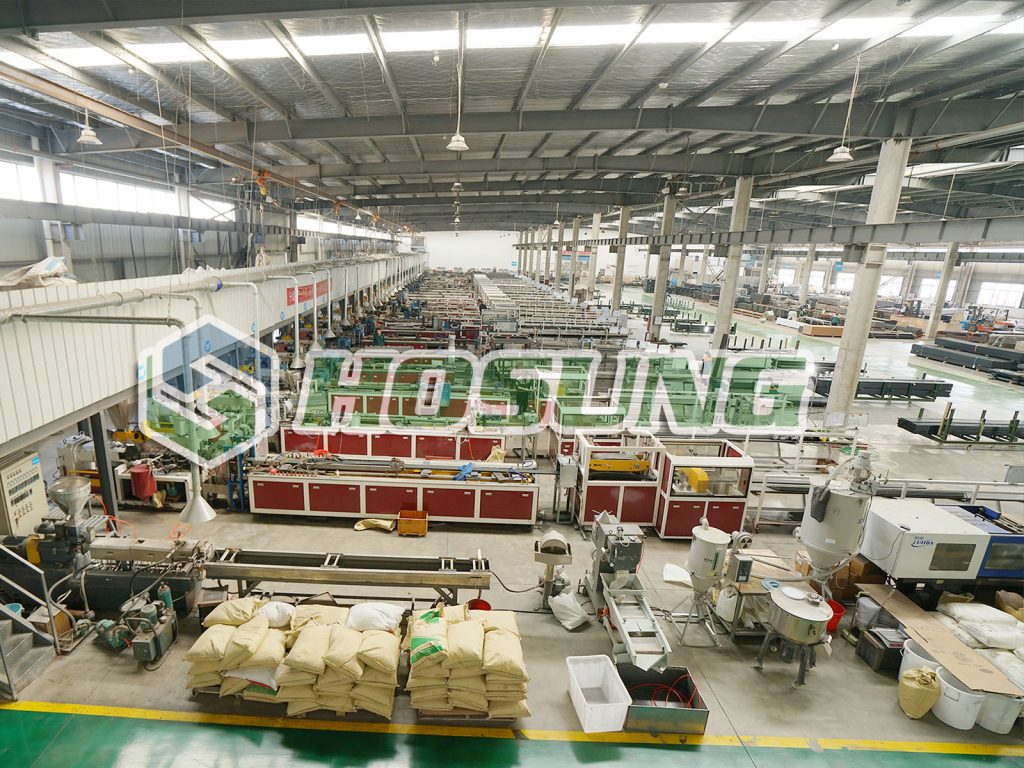
Forecast of Chinese WPC Industry
Technological Advancements and Innovation
Material Development:
Continued research and development efforts will focus on optimizing the composition of WPC materials. This includes refining the blend of wood fibers or flour and thermoplastics to enhance strength, flexibility, and resistance to weathering.
Advanced Processing Techniques:
Innovations in manufacturing processes, such as improved extrusion technology and molding techniques, will enable manufacturers to produce WPC products with higher precision and consistency. This will facilitate the creation of complex profiles and shapes, expanding design possibilities.
Surface Treatments and Finishes:
Development of advanced surface treatments will enable manufacturers to offer WPC products with enhanced aesthetic appeal, texture options, and color stability. This will cater to consumer preferences for natural-looking materials that require minimal maintenance.

Market Expansion and Diversification
Applications Beyond Construction:
WPCs will increasingly be used in diverse applications beyond traditional decking and building materials. This includes automotive interior components, furniture, packaging materials, and infrastructure projects where durability, lightweight properties, and sustainability are valued.
Urbanization and Infrastructure Development:
As urbanization continues to drive demand for durable and sustainable construction materials in China, WPCs will play a crucial role in meeting the needs of residential and commercial building projects. This trend will be particularly pronounced in high-density urban areas where space efficiency and environmental considerations are paramount.
Sustainability and Environmental Considerations
Recycled Materials and Circular Economy:
Chinese manufacturers will intensify efforts to incorporate recycled materials into WPC formulations, thereby reducing reliance on virgin resources and minimizing waste. This aligns with global trends towards a circular economy and sustainable manufacturing practices.
Carbon Footprint Reduction:
The adoption of cleaner production technologies and processes will help reduce the carbon footprint associated with WPC manufacturing. This includes energy-efficient production methods, sourcing renewable energy, and implementing waste management strategies to minimize environmental impact.
Market Dynamics and Global Reach
Export Growth:
Chinese WPC manufacturers will continue to expand their presence in international markets, leveraging their competitive pricing, large-scale production capabilities, and ability to customize products to meet regional standards and preferences. Key export markets include North America, Europe, and Asia-Pacific regions, where demand for eco-friendly building materials is rising.
Regulatory Compliance:
Adherence to stringent environmental regulations and certifications will become increasingly important for Chinese WPC manufacturers seeking to maintain market access and competitiveness globally. This includes compliance with standards such as LEED (Leadership in Energy and Environmental Design) certification and European Union regulations on chemical substances.
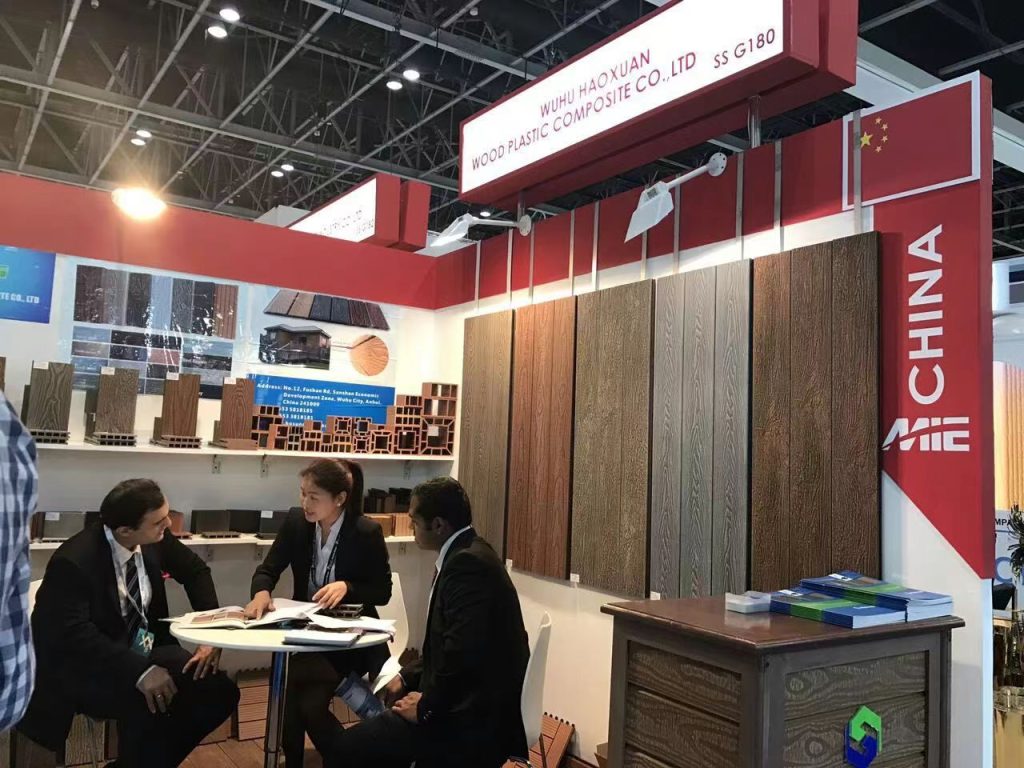
Consumer Preferences and Market Demand
- Preference for Sustainable Products: Growing consumer awareness and preferences for sustainable, low-maintenance building materials will drive demand for WPC products in both residential and commercial markets. Factors such as durability, ease of installation, and long-term cost savings will influence purchasing decisions.
- Customization and Design Flexibility: Increasing demand for customizable WPC products with diverse aesthetic options will spur innovation in design and product offerings. Manufacturers will respond by offering a wide range of colors, textures, and profiles to cater to varying architectural styles and consumer preferences.
In conclusion, the future of China’s WPC industry is poised for growth and innovation, driven by technological advancements, diversification of applications, sustainability initiatives, and expanding global market opportunities. To capitalize on these trends, Chinese manufacturers will need to continue investing in research and development, sustainable practices, and market expansion strategies to maintain their competitive edge in the global marketplace.

